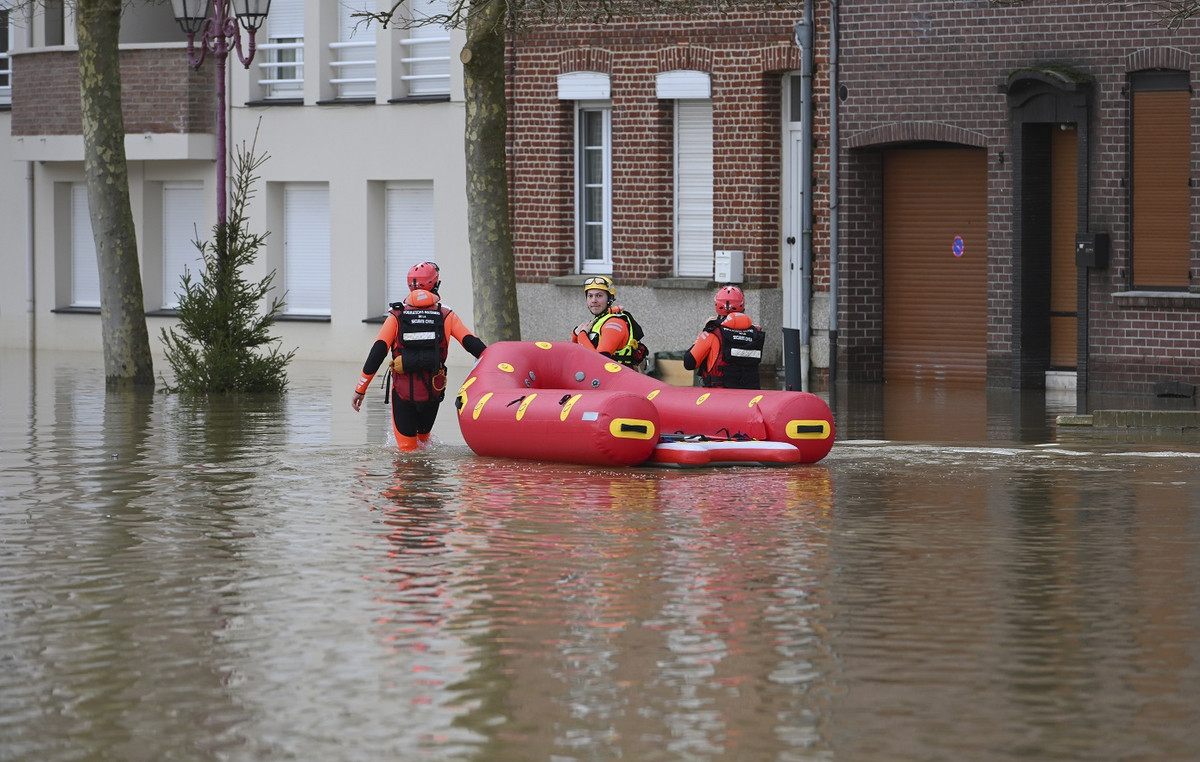Parts of Pakistan looked like “a sea”, Prime Minister Shehbaz Sharif said on Wednesday, after visiting some of the flood-hit areas that cover up to a third of the South Asian country, where 18 more deaths have increased. the number of fatalities from the rain to 1,343.
Some 33 million people out of a population of 220 million were affected in a disaster attributed to climate change that left hundreds of thousands homeless and caused losses of at least $10 billion, officials estimate.
“You wouldn’t believe the scale of destruction there,” Sharif told the media after a visit to the southern province of Sindh. “It’s water everywhere as far as you can see. It’s like a sea.”
The government, which has increased cash donations to flood victims to 70 billion Pakistani rupees ($313.90 million), will buy 200,000 tents to house displaced families, he added.
The retreat from the floods threatens with a new challenge in the form of waterborne infectious diseases, Sharif said.
“We are going to need trillions of rupees to deal with this calamity.”
The United Nations has asked for $160 million in aid for flood victims.
Many of those affected are from Sindh, where Pakistan’s largest lake is perilously close to overflowing, even after it was opened in an operation that displaced 100,000 people.
National officials said eight children were among the dead in the last 24 hours. The floods were caused by record monsoon rains and melting glaciers in the mountains of northern Pakistan.
The waters swept away 1.6 million homes, 5,735 km of transport links, 750,000 head of cattle and inundated more than 2 million acres of farmland.
Authorities in Sindh expect the waters to recede in the coming days, said provincial government spokesman Murtaza Wahab.
“Our strategy now is to be ready to grow wheat as soon as the water goes down,” he added.
But with more rain expected next month, the situation could get even worse, warned a senior official at the United Nations refugee agency (UNHCR).
The World Health Organization (WHO) has already said that more than 6.4 million people need humanitarian support in the flooded areas.
Pakistan received almost 190% more rain than the 30-year average in July and August, totaling 391 mm (15.4 inches), with Sindh receiving 466% more rain than average.
Source: CNN Brasil
I’m James Harper, a highly experienced and accomplished news writer for World Stock Market. I have been writing in the Politics section of the website for over five years, providing readers with up-to-date and insightful information about current events in politics. My work is widely read and respected by many industry professionals as well as laymen.







